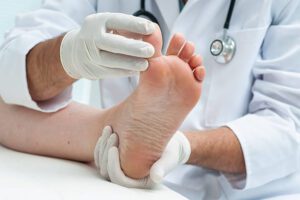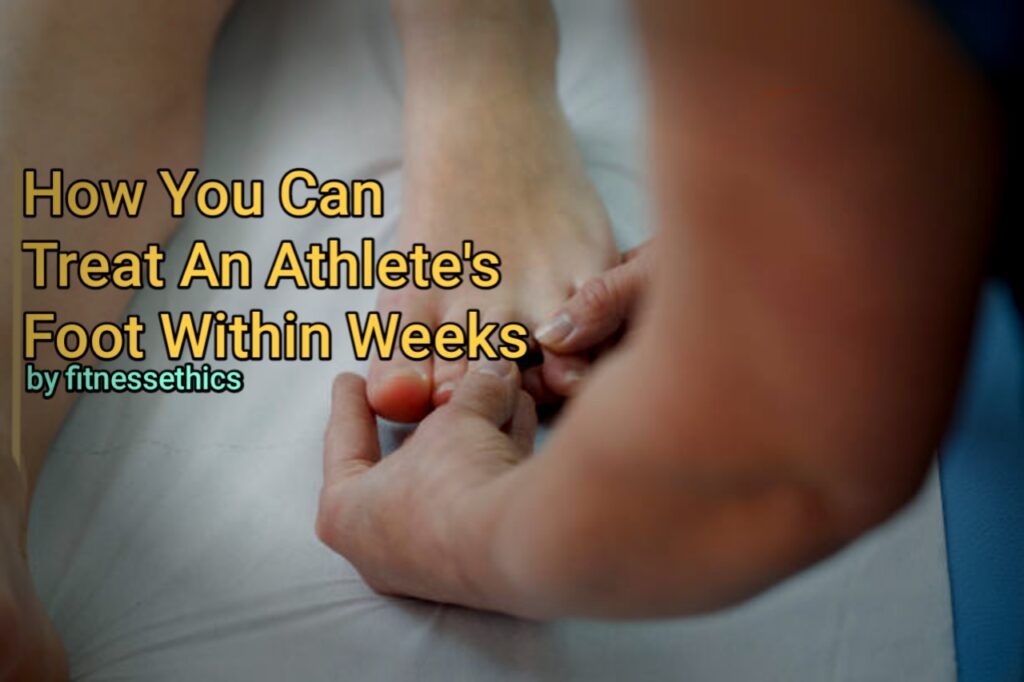Athlete’s feet, or tinea pedis, are as a result of sweaty feet confined within tight-fitting shoes. An athlete’s foot can also be a result of sharing mats, rugs, bed linens, clothes, or shoes with someone who has a fungal infection. Walking barefoot in public areas such as the locker rooms, swimming pools, communal baths and showers
It completely depends on your lifestyle. If you keep your feet unhealthy, you’ll definitely develop athlete’s foot.
How can you avoid getting athlete’s foot?

- Well, it’s all about hygiene, keep your feet dry and clean at all times. Wash your feet thoroughly while you bathe twice daily and always dry between the toes gently. After you’ve dried your feet, you should use the recommended anti-fungal products. Anti-fungal products have been seen to be effective as they prevent you from having other fungal infections other than athlete’s foot.
- Avoid sharing shoes and other foot wear, you’re at risk of sharing your shoes with someone who has a fungal infection. Wear light shoes and perfectly fitted shoes and socks to avoid sweaty feet. You should avoid shoes made of synthetic materials like vinyl or rubber. Change your shoe choices at times, wear sandals so air can flow through and through.
- You should have alternate shoes. You should let them dry before you use them again, even when you use polish on your shoes, you should always make your shoes dry. Change your socks as well, you can’t keep wearing the same socks every single day. Have alternate socks and let the ones you’ve used dry.
- While out in public areas like the pool, showers and locker room, you should always wear waterproof footwear. You’re at risk of having athlete’s foot when you walk barefooted in public pool areas and locker rooms.
READ ALSO: How To Prevent The Most Common Viral Infections
Athlete’s foot usually starts between the toes, but an untreated, fungal athlete’s foot can potentially spread to other body parts or other people, including family members. The fungus may spread locally to the legs, toenails, hands, fingernails, and essentially any body area. You should consult a medical professional who will prescribe the recommended anti-fungal products.
How can you treat an athlete’s foot?

As stated, anti-fungal products should work on an athlete’s foot. You should apply the product twice a day for a week after the rash clears up. Now remember that you don’t have to scratch the rash, you can try soothing your itchy feet by soaking them in cool water. It might take 2 to 4 weeks to see results, if the condition comes back, you might need to start applying the product again.
But, if your athlete’s foot doesn’t respond to nonprescription products and self-care, you may need to see a doctor to get a prescription-strength cream or ointment such as clotrimazole (Lotrisone), econazole (Ecoza, Spectazole), or ciclopirox (Loprox, Penlac). If you have a more serious infection, your doctor might prescribe antifungal pills, such as terbinafine (Lamisil) or itraconazole (Sporanox, Tolsura). Or you might need both topical and oral medicine.
After you’ve successfully applied these measures, the infection should clear up within weeks. You should apply these recommended products twice a day. That’s after you’ve washed and dried your feet, which is basically after you’ve bathed. If you have athlete’s foot, you should avoid public places, always make your feet dry, and wear well ventilated shoes more often. Having sweaty feet while you have athlete’s foot could cause more trouble as the infection might spread to other parts of the feet.
[starbox]



